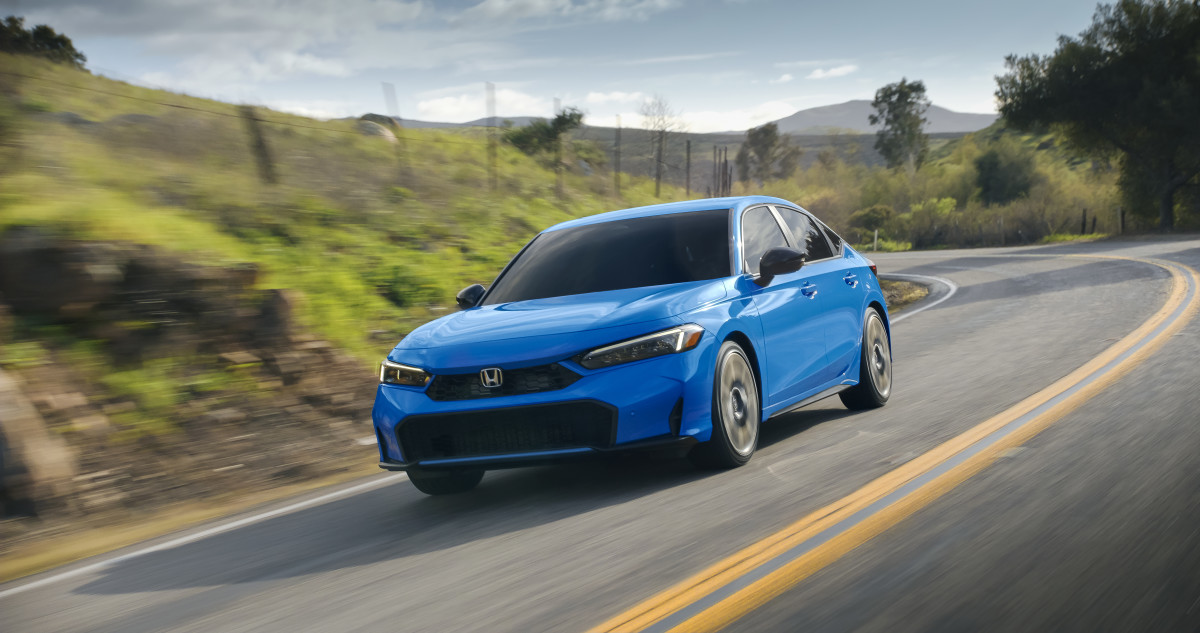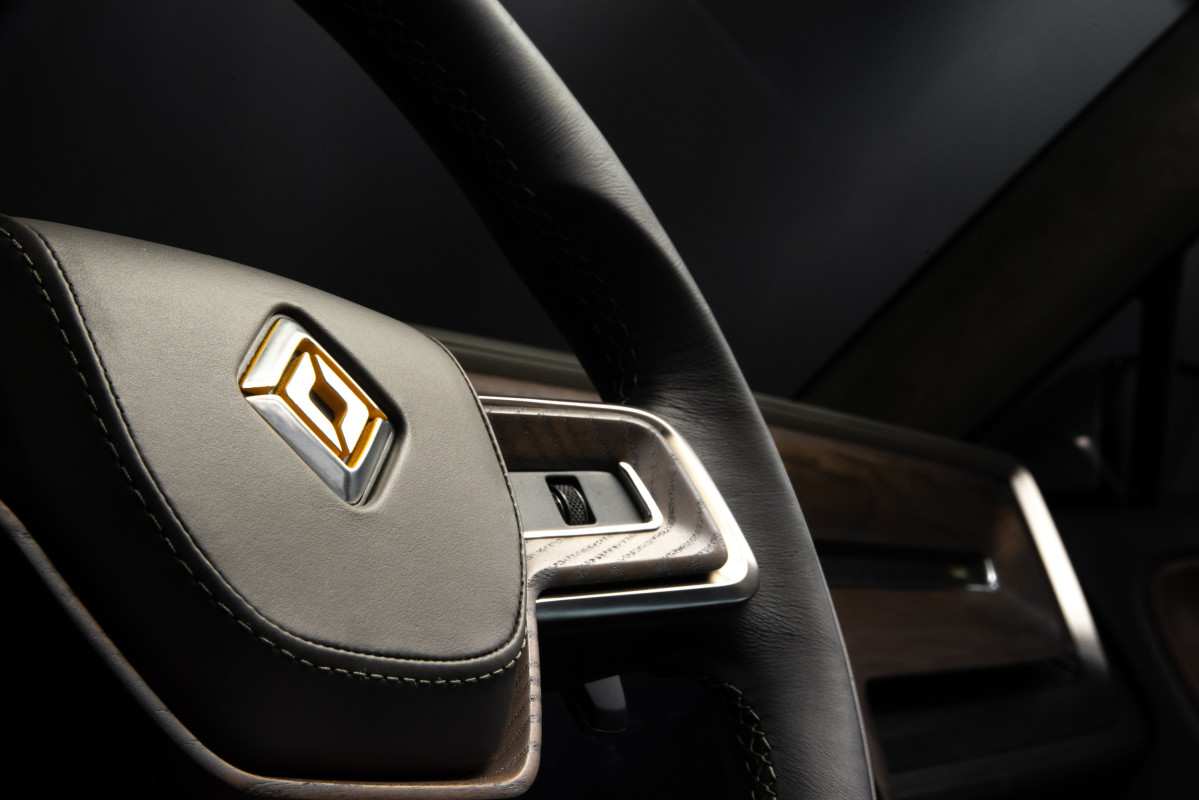This Startup Wants to Help Automakers Turn EVs Into Hybrids
The firm has a clever solution for automakers to adapt already existing EV vehicle platforms to suit different customers.
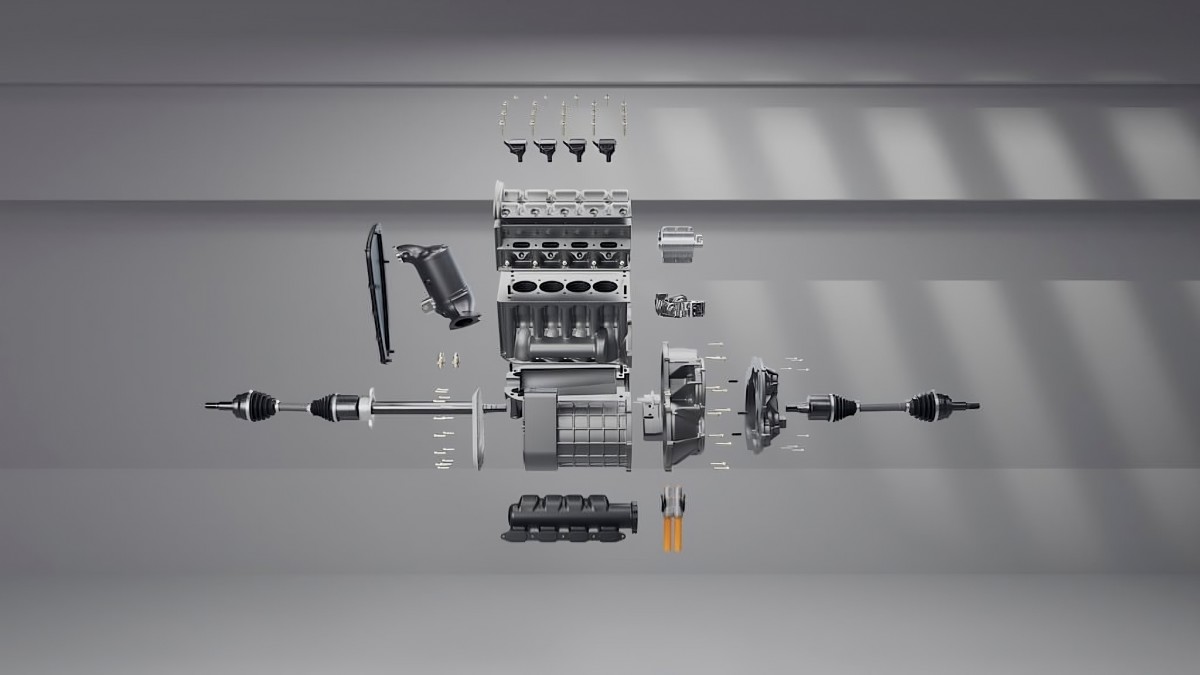
Horse Powertrain has a clever solution to help automakers adapt their EV platforms
Although sales figures in key markets like the United States and China indicate that electric vehicle sales are growing, automakers are slowly becoming aware that not all car buyers are exactly buying electric vehicles in droves. According to data from Cox Automotive, about 296,227 EVs were sold in Q1 2025 across a diverse range of manufacturers, showing year-over-year growth of 11.4% last quarter. In comparison, Hyundai alone sold 203,554 vehicles during the same period.
But as some manufacturers, like Hyundai, GM, and Volkswagen, slowly catch up to build hybrid versions of their beloved models, a startup backed by the Renault Group, Geely, and the petrochemical giant Aramco has created a product to democratize hybrid technology for automakers seeking a simple plug-and-play solution. Horse Powertrain
A plug-and-play hybrid solution
During this year's Auto Shanghai show, UK-based Horse Powertrain is set to unveil the Future Hybrid Concept, a compact, modular, all-in-one hybrid powertrain system designed to retrofit electric vehicle platforms as well as combustion-engined cars with a hybrid-electric setup, aiming for the fewest hiccups and development costs possible.
The FHC's all-in-one solution largely resembles the hybrid drive system of some hybrid vehicles, consisting of a combustion engine connected to an electric motor and a transmission. The unit itself is designed to bolt up to the subframe and replace the front drive unit of an EV in an east-west (transverse-mounted) orientation.
The idea of the FHC is to reduce automakers' spending on development costs for hybrids and allow them to be built side-by-side with existing EVs. The integrated power unit comes with all the necessary electronics for a hybrid powertrain, including a controller, an inverter, a DC-to-DC converter, an onboard charger, and an 800V charging booster for fast charging. With this solution, automakers only need to adapt their desired cars with space for an exhaust system and a gas tank.
Nonetheless, Horse says that the FHC powertrain can be powered by various types of fuel, including ethanol flex fuels like E85, M100 methanol, modern synthetic fuel, and good ol' gasoline. The powertrain can also be used as a range extender when connected to an existing EV's high-voltage battery. At the same time, the transmission connected to the FHC can provide power to the front wheels or work together with an electrically powered rear axle for all-wheel drive applications. Horse Powertrain
"Horse Powertrain is focused on solving the biggest problems facing automotive OEMs," its CEO said in a statement. "For over a decade, it looked like Battery Electric Vehicles were the only path to net zero, and OEMs planned accordingly. However, we’re now shifting towards a technology-neutral world, with different markets and applications each pursuing their own sustainable mobility journey."
"Our Future Hybrid Concept helps OEMs solve this problem. Through our innovation, we can deliver a full hybrid powertrain system that seamlessly integrates onto a Battery Electric Vehicle platform. This compact, integrated powertrain concept allows OEMs to offer powertrain diversity with minimal disruption to the production process and resource expenditure."
Final thoughts
It is very interesting to see that third parties are developing these one-size-fits-all solutions for hybrid-electric technology as an effective way for OEMs to enter the burgeoning segment with their vehicles. According to the latest sales figures from Honda, more than half of its sales of the Accord, Civic, and CR-V are of the hybrid versions of those cars, a clear sign that this technology is getting fairly mainstream.
Horse Powertrain says that it plans to see the first car equipped with the Future Hybrid Concept powertrain as early as 2028. If its proof of concept works exactly as described, we could expect automakers across the industry to adapt this powertrain in some way or form in our favorite cars.







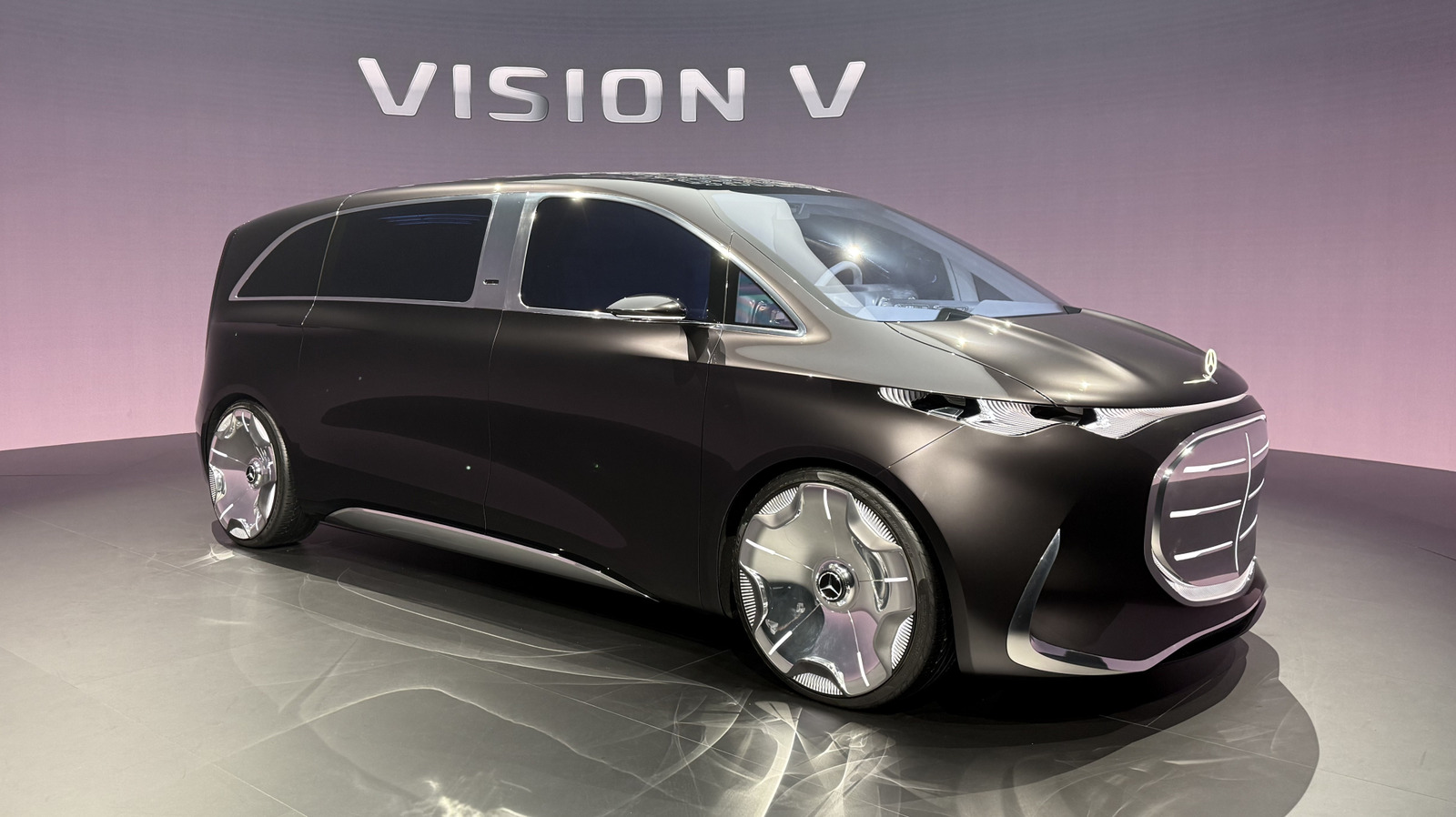





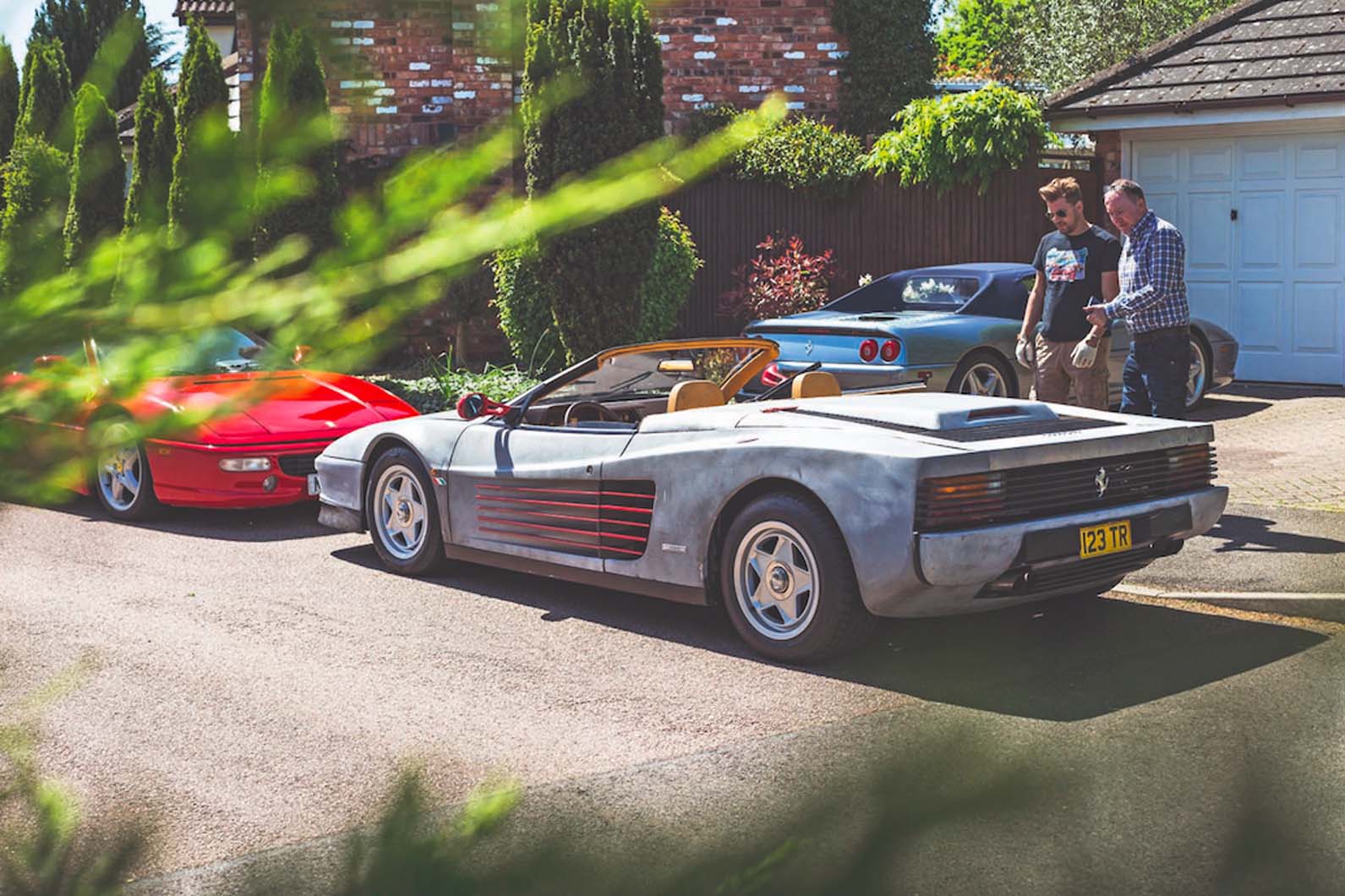

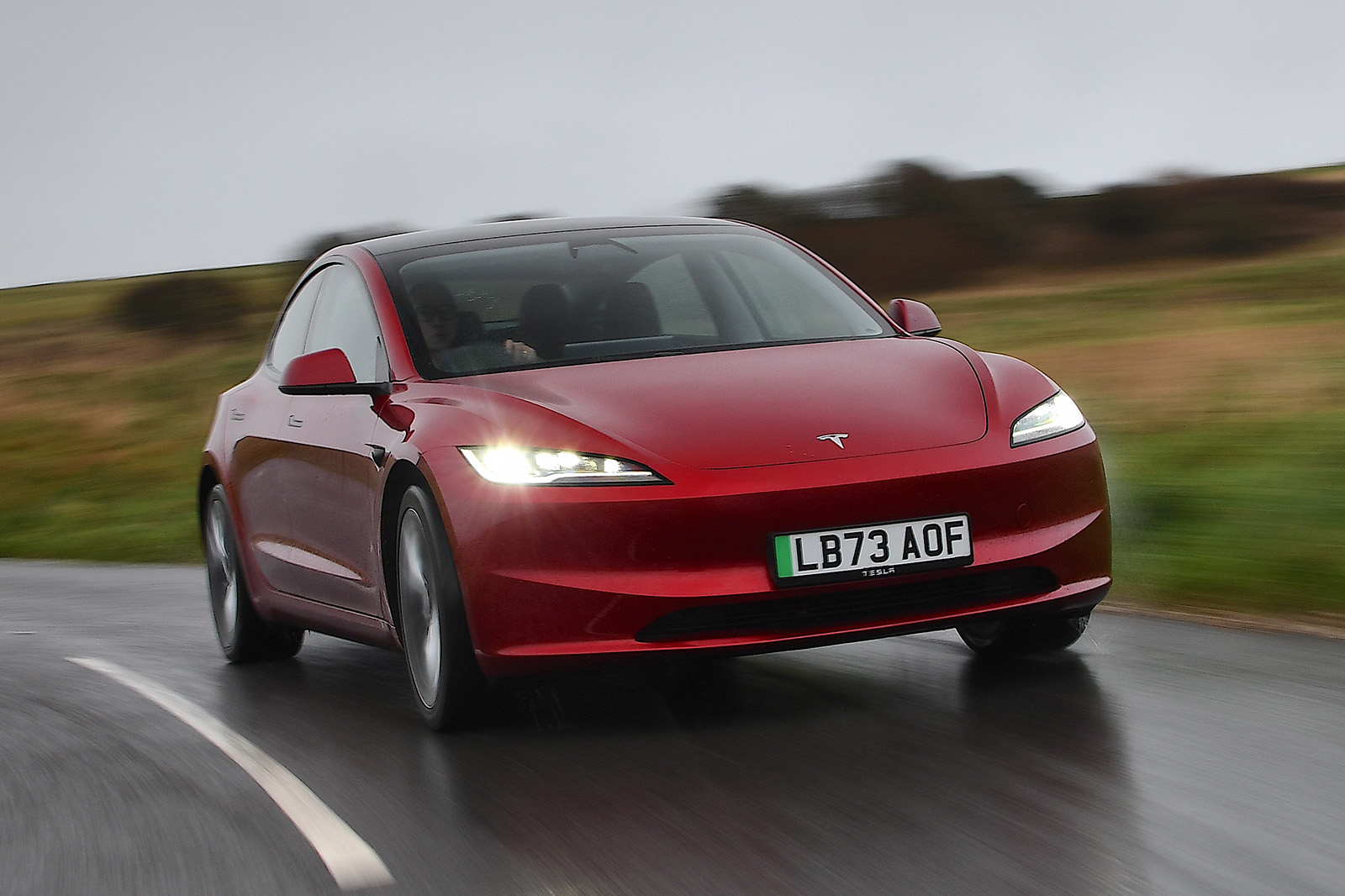





















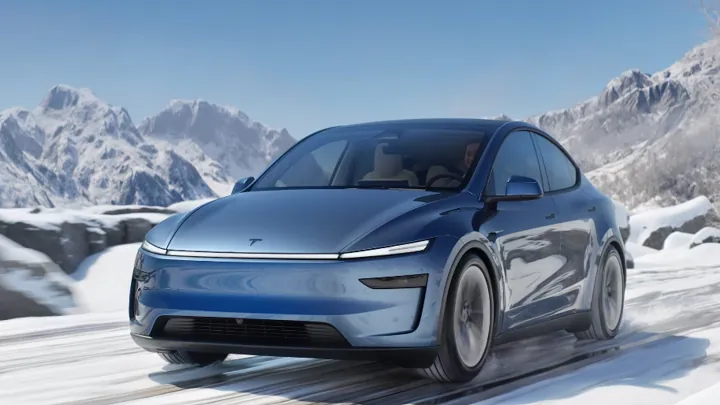





















































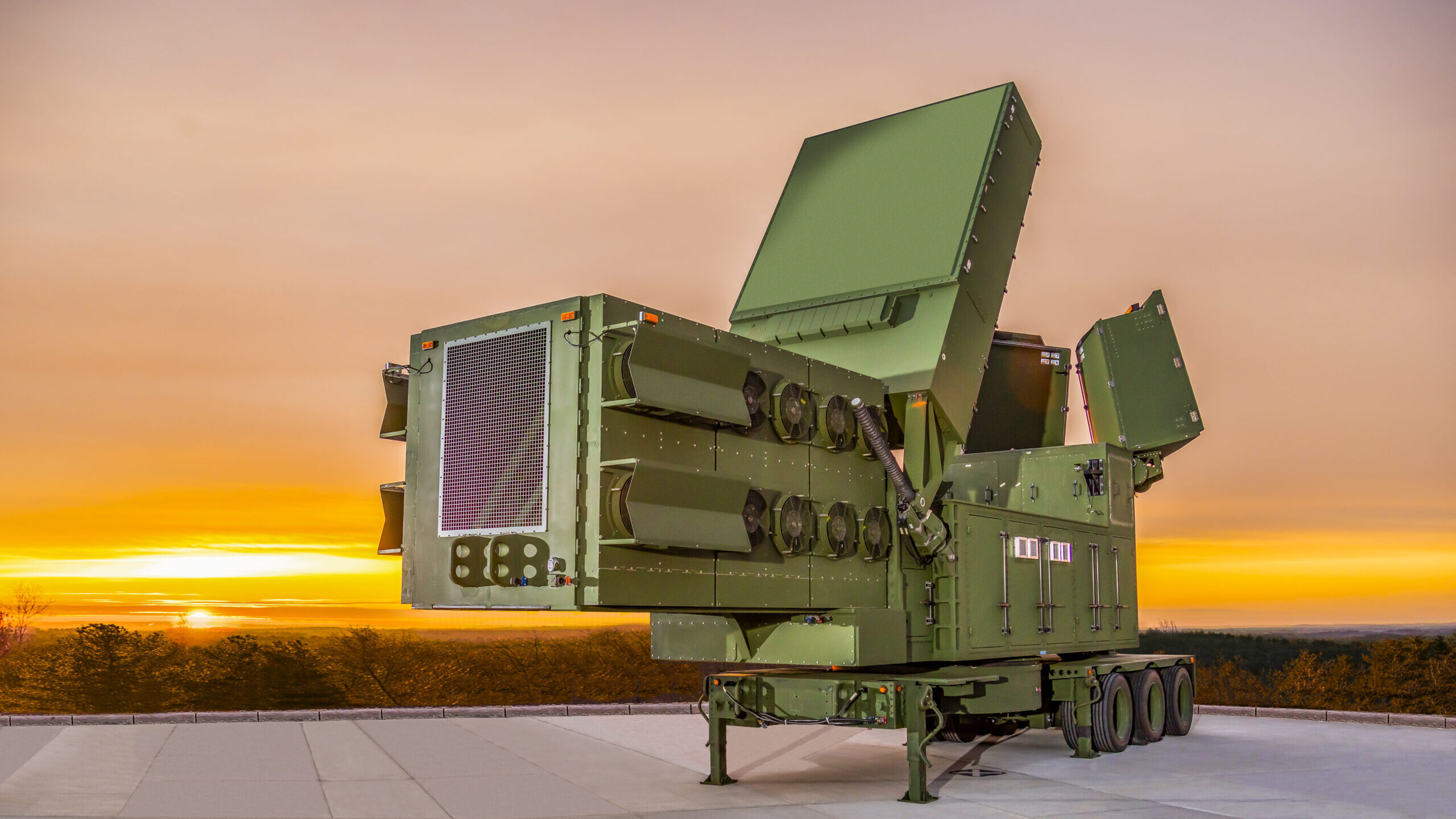


















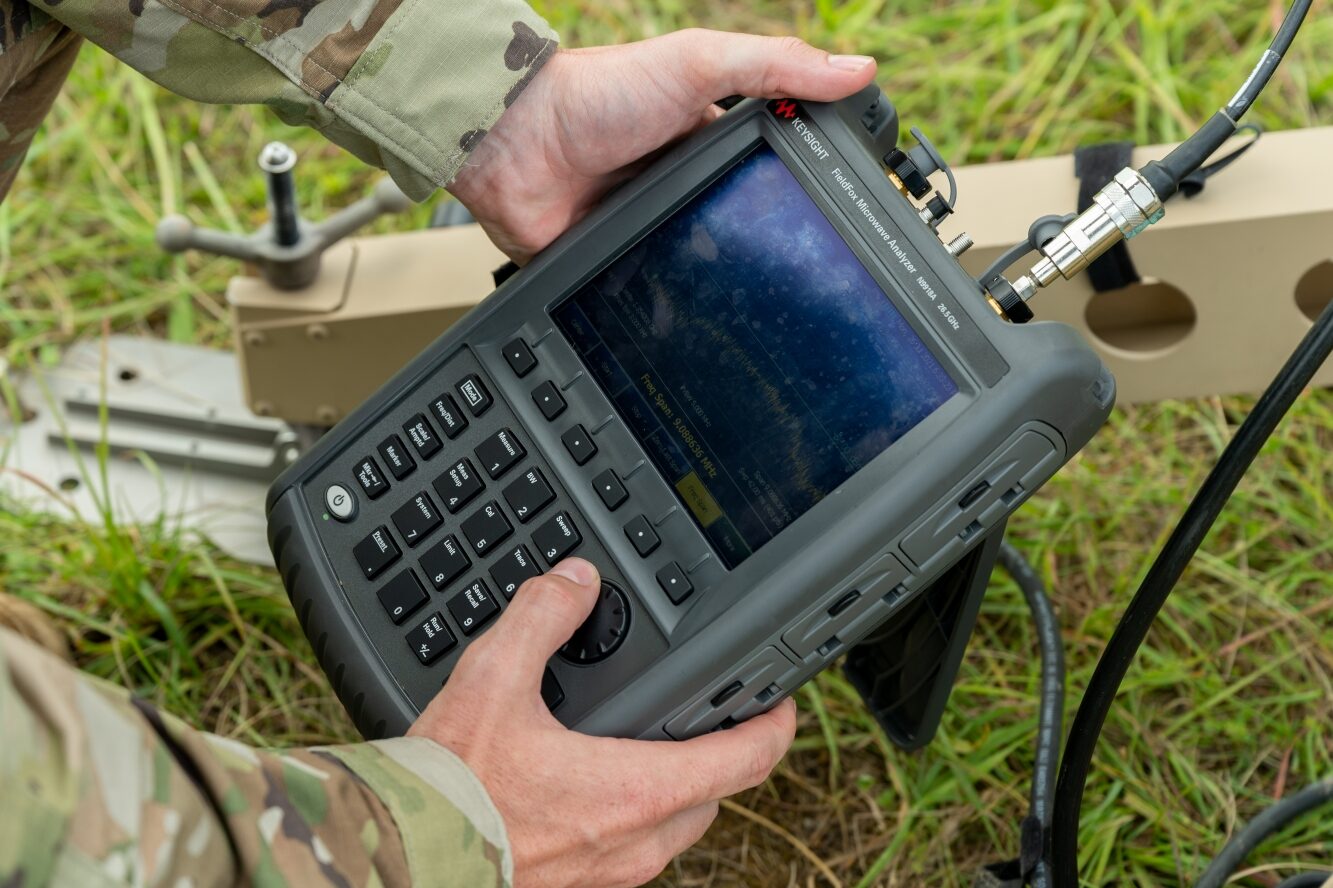






























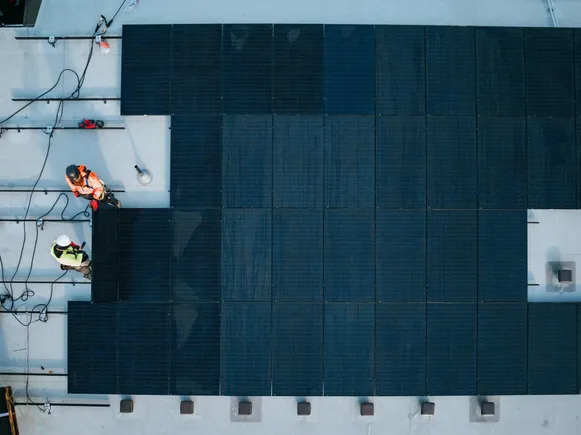














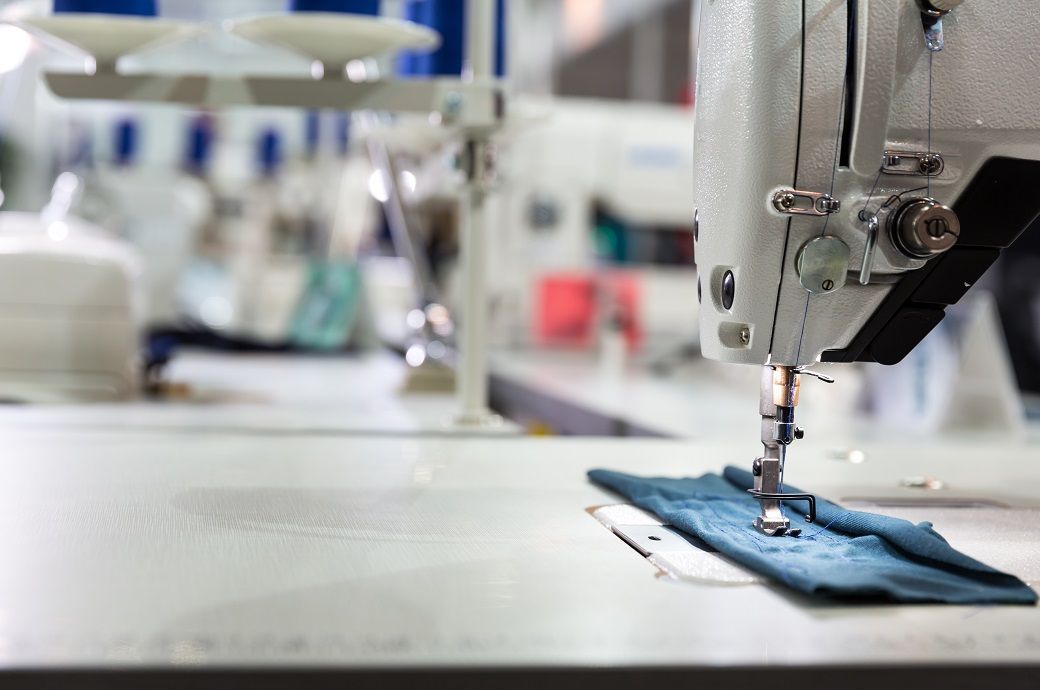





.jpg)
.jpg)
.jpg)


